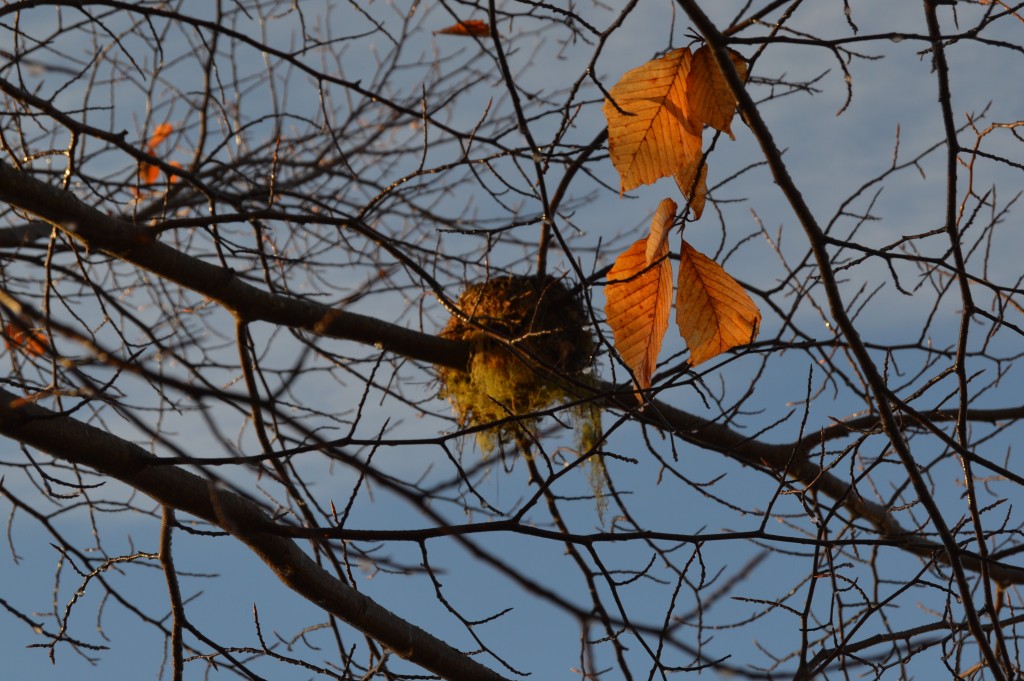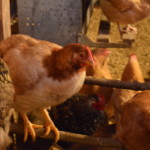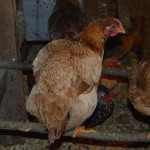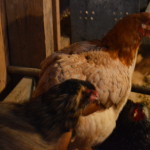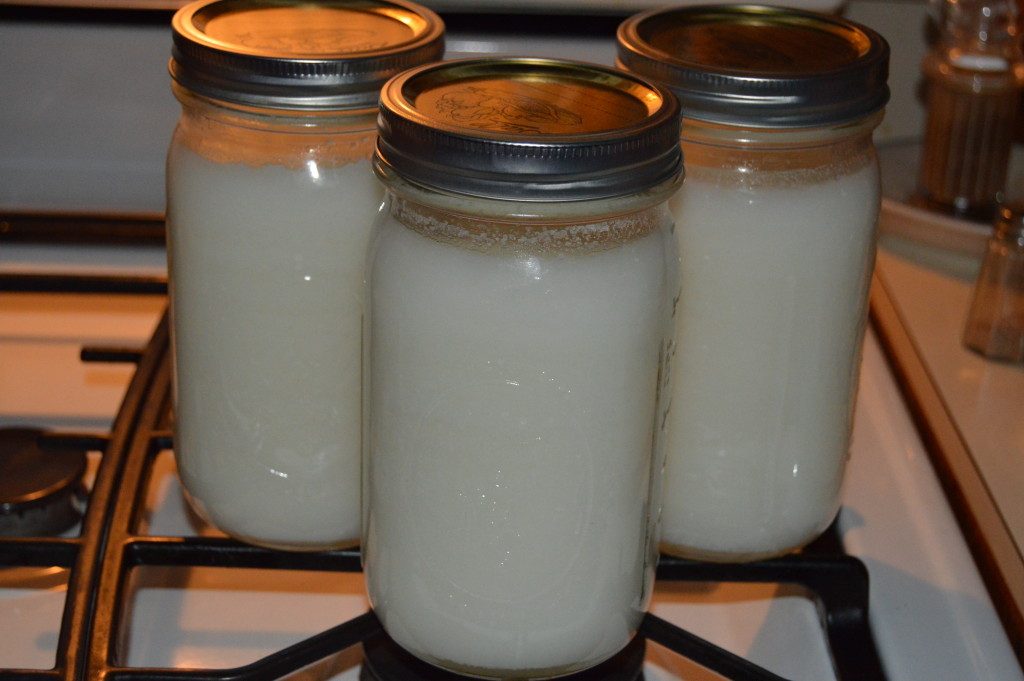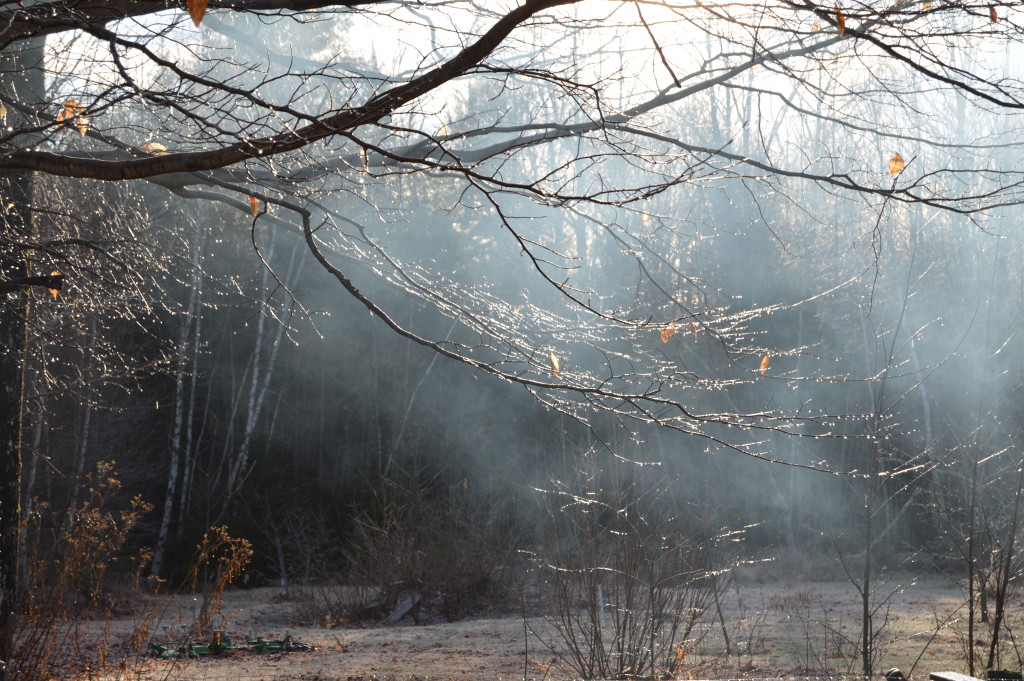
I am not one for making resolutions for the new year but every homesteader has a list of things they want to accomplish for the next year. We are no exception.
I have already ordered the fruit trees that I will pick up at Fedco in April. This year I have only ordered a couple of replacement trees for ones that we have lost along the way. Our orchard is about as big as we want with around 14-15 trees. We have planted apples, plums, cherries, pears and apricots. Of course we have our perennial bushes too.
There is a inside project that I would like to start work on this winter. It entails putting a wall up in the kitchen to create a butler's pantry. That is the easy part. I will have to empty a bunch of cabinets and store those things until the project is finished. It also involves moving the refrigerator to a new wall and my hubby redoing the plumbing to the ice maker. Once it it finished I will have somewhere to have all my appliances out and ready to use without clogging up the visible kitchen counters. I'll keep you up to date as this project proceeds.
Garden planning also happens during the winter. I got my first seed catalog almost a month ago. Since I now have the greenhouse that will change a few things. Speaking of the greenhouse here is a picture of my sweet Zoe sitting in front of it's frosty side. She always goes outside with me.
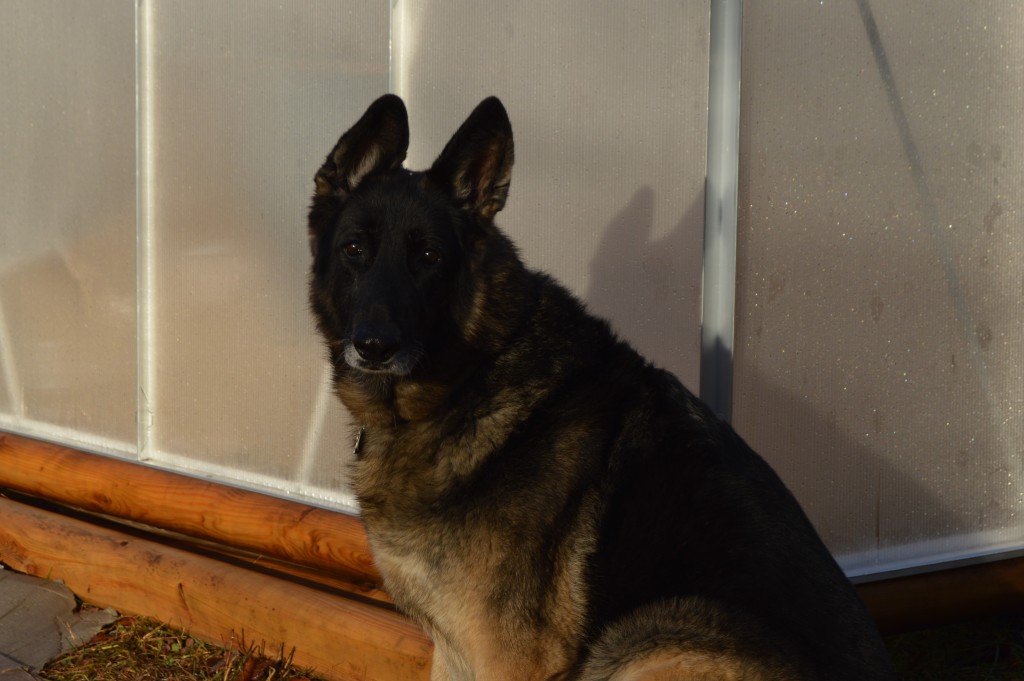
It will take a little work to get the greenhouse ready for planting. I still have to dig up the existing ground and put in good soil. Right now I'm planning on trying peppers there this next growing season. I have great luck with getting the pepper plants started from seed but I just don't seem to be able to get many peppers. My hope is that the extra heat created by the greenhouse will give them the boost they need.
Every year I look to improve my gardening. I seem to have a knack for raising livestock but gardening is a different matter. I think my biggest problem is neglect once I get things planted. Time in the summer just seems to go by so fast and the weeds always get ahead of me. I have started using mulch which has helped greatly. Come this summer I am going to give landscape cloth a try under the mulch. I have built three raised beds so I do not till the garden anymore. Not tilling each year keeps the soil healthier and allows all the good creatures in the soil to flourish with only minimal disturbance. I have enough materials for one more raised bed and my goal is to get that built this spring. The beds are 20 x 3 feet so I can easily reach from each side. There is a path between each bed. It is surprising how much you can plant in this space.
We will not be raising pigs this next summer. We usually raise several every other year. Pigs do so much better if they have friends to hang out with so instead of doing one each year we raise them every other year. The pastured poultry worked very well last year and we will continue that this coming summer. If I get adventurous I will even try the incubator to hatch some ourselves. And, of course, the baby turkeys will arrive in July as usual.
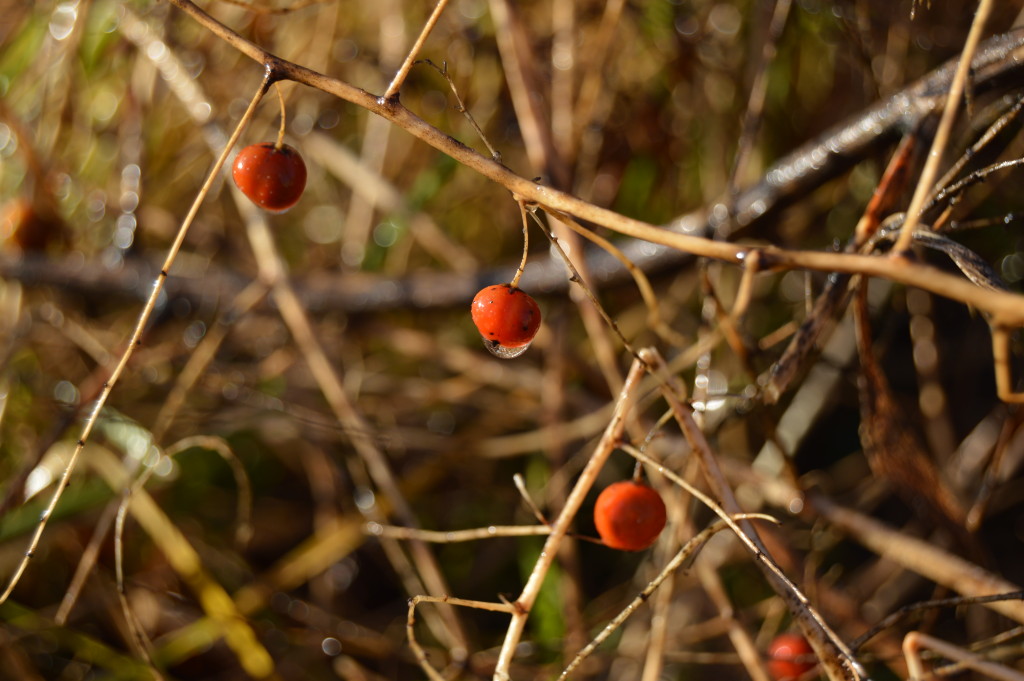
Our perennial beds will continue to prosper with care. We have our 100 strawberry plants and our two asparagus beds doing well. Those will both take a little work in the spring to pull out weeds, fertilize, and mulch. We were truly amazed at the amount of strawberries we harvested this last summer. I'm thinking I would like to experiment with fermenting some of the asparagus. We like it pickled so why not. I want to see if it will stay crisper that way.
The big outside project for this summer will be mixing and pouring a slab for our generator room. Currently the generator is in the garage but we would like a dedicated spot outside the garage proper. The plan is to add a room to the garage just for the generator and the fuel tank. I'm not great with cement but I have seen many projects where homeowners have poured slabs in sections as they had time/money to do it. We will be looking for a electric or gas mixer to purchase before we start the project. I can already name 2-3 other projects that we would use it for besides the generator room.
Wow, this sounds like a lot of stuff to get done in one short year. No matter, we will get the projects done that we do but you have to start with some kind of a plan. Whichever of these projects that we get done they will be an improvement to things here at the homestead. Believe it or not, I'm looking forward to all of them. It is so satisfying to make things better and knowing that you have done it yourself and with the help of friends and family.
May the new year bring inspiration to you and your family.
Blessings,
Merrie
